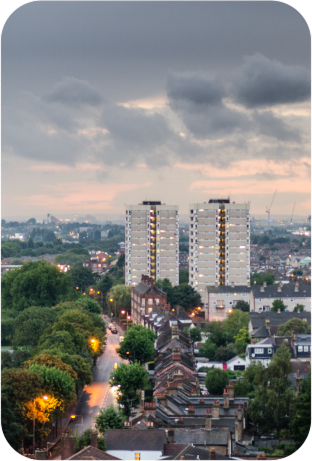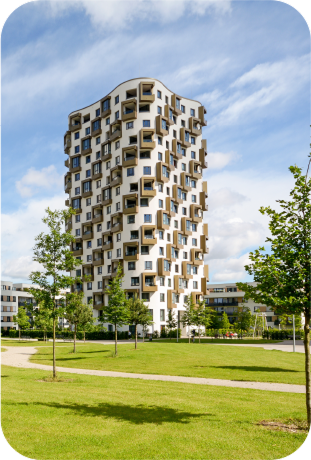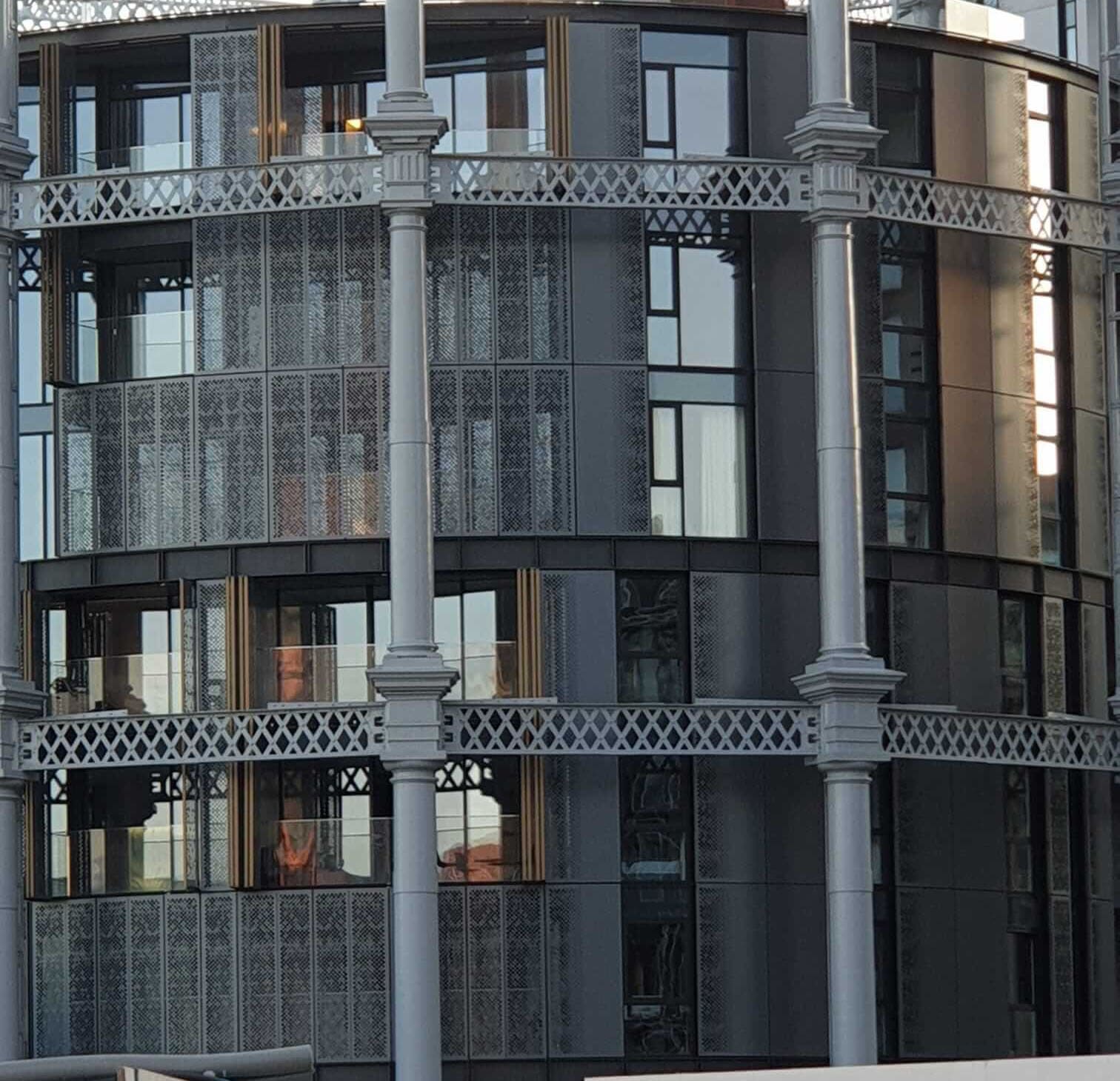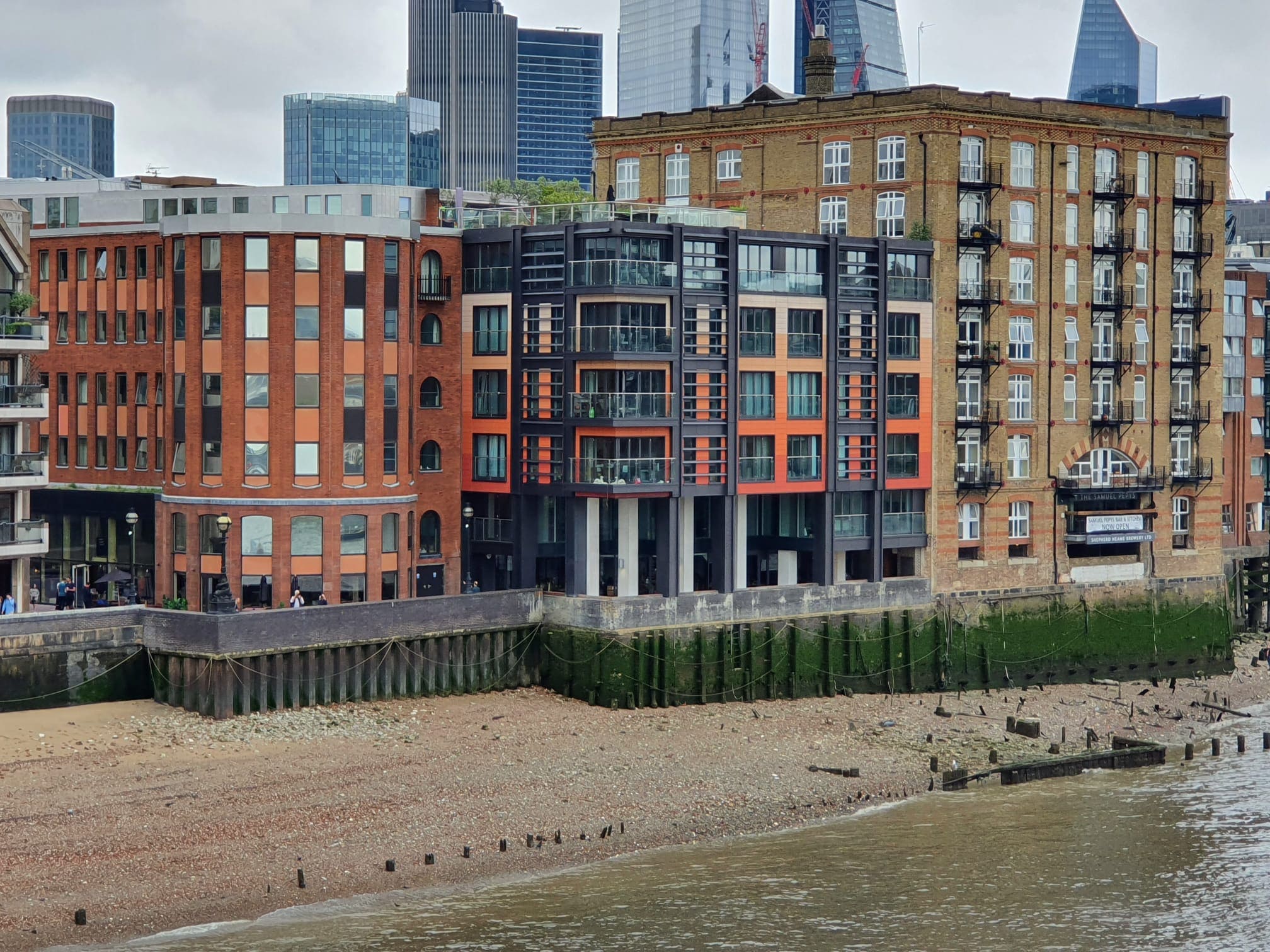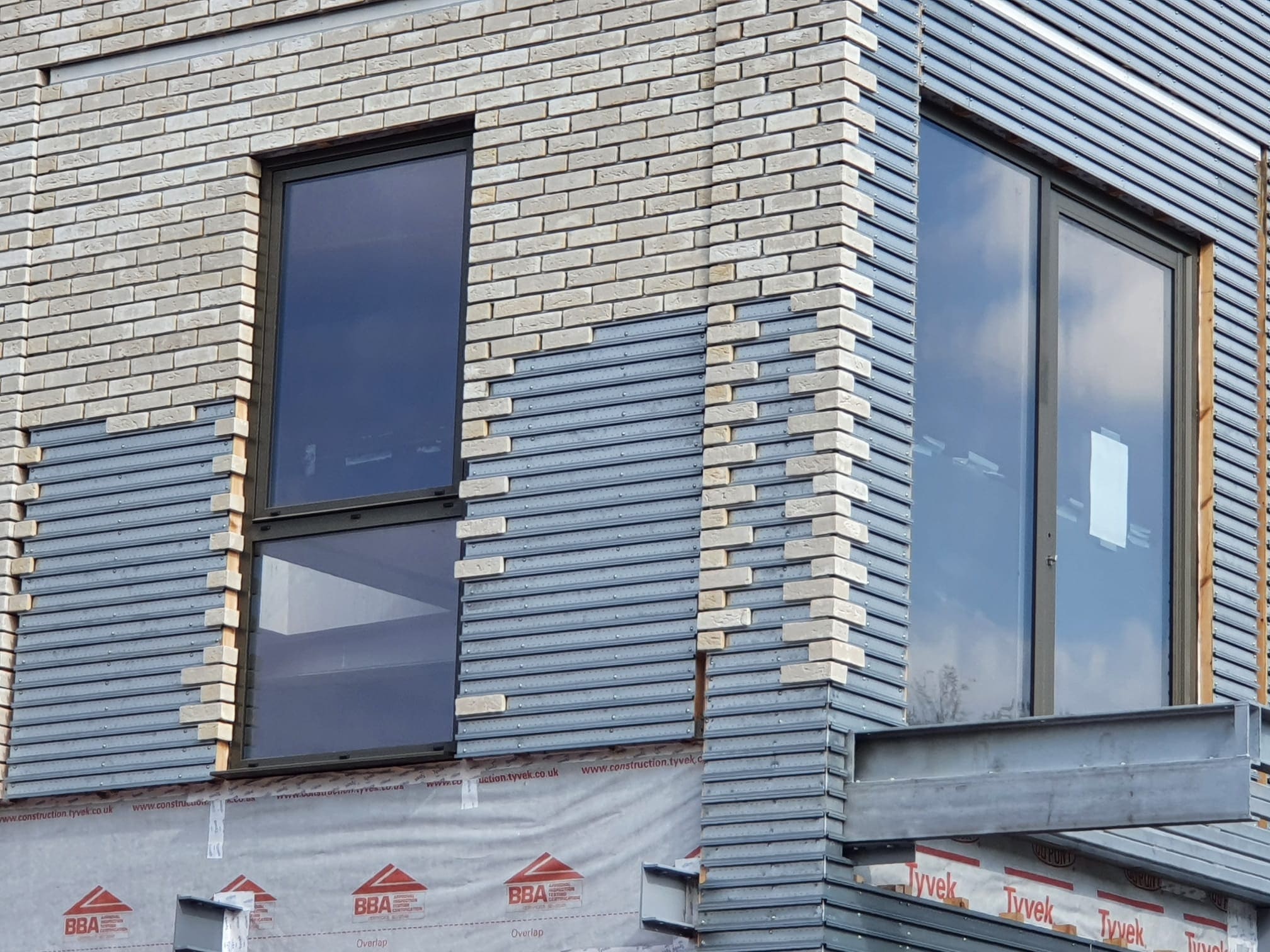 1103
1103
 0
0
Stdent Housing. Another decade of demograpg=hic driven demand
Student Housing: PBSA Enjoys Another Decade of Demographic-Driven Demand
Higher education institutions and providers of purpose-built student accommodation (PBSA) have navigated a highly challenging operating environment throughout the COVID-19 pandemic. However, investment markets remained optimistic because of the positive demographic outlook.
Demand for Student Housing Remains Consistently High
Student housing is a vulnerable sector primarily because of short leases and inconsistent cash flows. This sector is more exposed to economic disruption. However, during the pandemic, the sector amply demonstrated its resilience. And this was not the first time.
At various times in the past, when economic conditions were not good, people have increasingly chosen to upgrade and sharpen their skills instead of trying their luck in the uncertain job market. The situation created by the pandemic was not like the usual economic turndown. It produced one of the severest operating environments for the student housing sector. Occupancy was severely impacted as the imposition of lockdown forced campuses to close.
Reasons Why The UK Student Housing Sector Stood Firm
Travel restrictions during the pandemic were less limiting across Continental Europe than they were for the UK. It helped in providing some stability to occupancy. By the first quarter of 2021, occupancy was on an upward swing. A closer look at the students' housing collection numbers reveals that it never fell below 94 percent.
The pandemic brought school exams to a halt. Students in a few countries were offered center-assessed grades. This left a larger than-normal proportion of school leavers with the scores needed for admission to a university in the UK. Also, the number of 18-year-olds looking to gain higher education increased by a significant percentage as compared to earlier years.
UK Lenient Stance to International Student
The most surprising development was the increase in demand for academic enrolment from international students. It was expected that students would be deterred by the pandemic. Shockingly, UK applications and acceptances improved significantly for the 2020/21 academic year. International enrolments set a new record. Experts believe that the UK and other European countries benefitted because other countries took a tough stance on international students.
UK Domestic Demographics To Support Demand For The Next Decade
In 2020/21, around 40 percent of 18-year-olds applied for a full-time undergraduate course in the UK. More applicants also achieved their entry requirements than ever before. Enrolment figures also registered record numbers.
With the economic disruption caused by the pandemic easing, and the exodus of much of the European workforce since BREXIT and the economy showing a cyclical upswing, job prospects are expected to improve further. This may cause a slight dip in application rates. Alternatively, if the UK seeks to be known as a high-wage economy, the demand for good UK qualifications could drive yet higher. There is a clear upward trend in the participation rate, which is unlikely to change. A small dip in rates in the near term is a possibility. But application rates of 40 percent or higher can be sustained over the next decade.
What the Stats Reveal
The Office for National Statistics (ONS) estimates that the UK’s 18-year-old population in 2020 was at its lowest level in 20 years. The good news is that the country’s 18-year-old population is now growing again and is expected to remain consistent. It is a clear indicator that the largest pool of demand for UK higher education can grow by up to 2 percent annually over the coming decade. This can establish a highly supportive backdrop for student accommodation. Another interesting piece of data is the steady growth of Purpose-Built Student Accommodation (PBSA). In 2021, PBSA registrations recorded the highest numbers.
It is seen that students have a marked preference for PBSAs over traditional landlord-run residences due to quality issues, primarily for security in the first year, but then for community in the second and third years. Non-EU intakes have also increased impressively for both undergraduate and post-grad students.





Meet our Expert Property Commentators

















